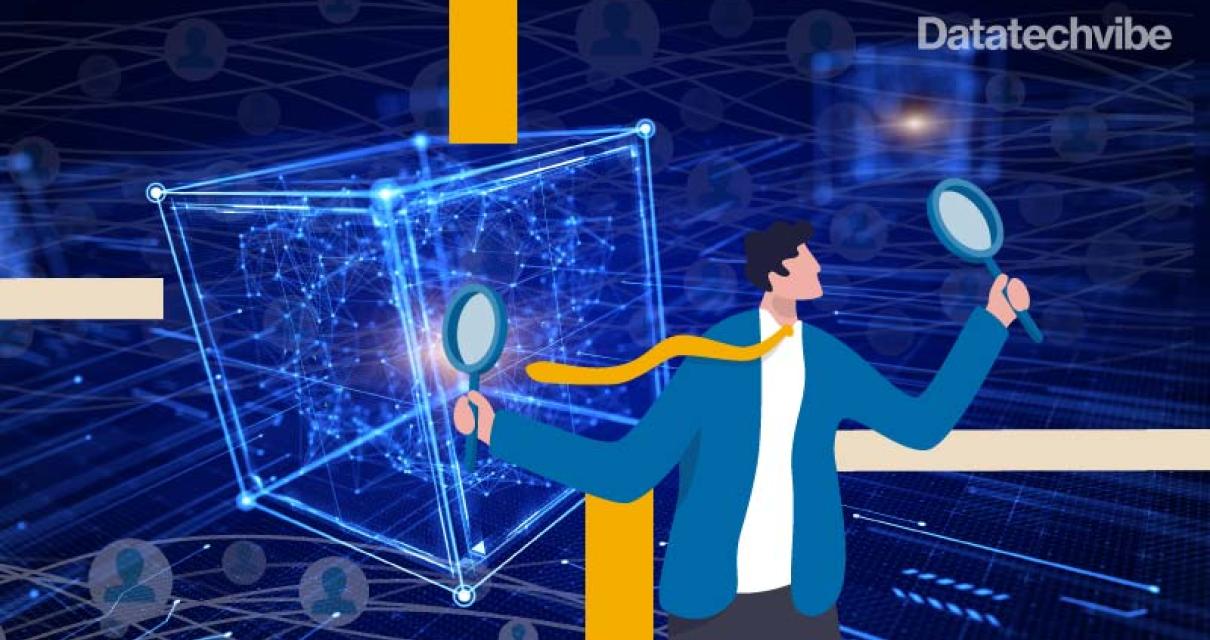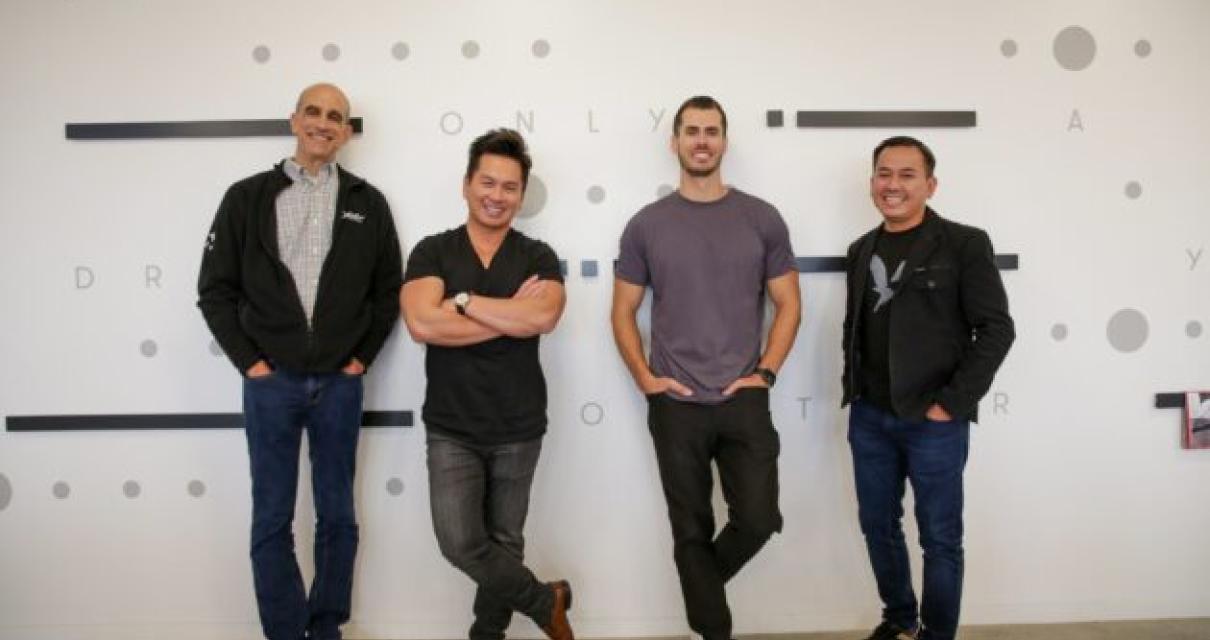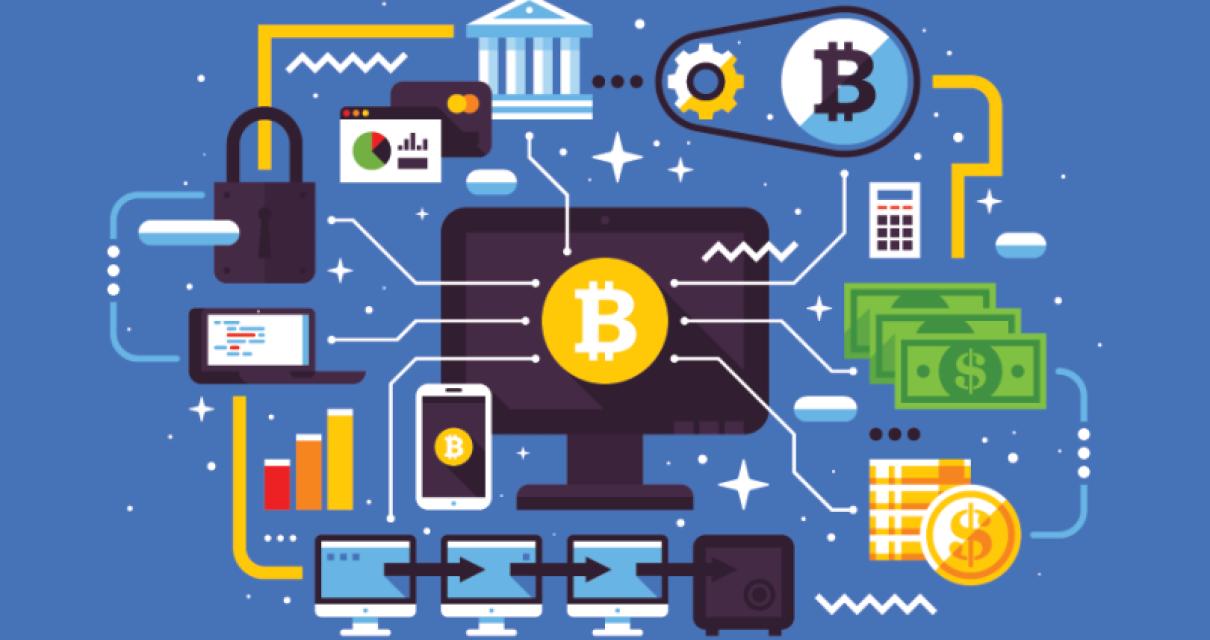The Fundamentals of Blockchain Technology
There is no one-size-fits-all answer to this question, as the fundamentals of blockchain technology vary depending on the specific implementation. However, some key principles of blockchain technology include:
• Distributed database: A blockchain is a distributed database that is cryptographically secure and allows for transparent, tamper-proof recording of transactions.
• Proof of work: A blockchain is secured by a proof of work system, which requires miners to carry out a difficult task in order to add a new block to the blockchain. This process is designed to prevent fraudulent transactions.
• Decentralized network: A blockchain is decentralized because it is not controlled by any one entity. This allows for trustless transactions and eliminates the need for a third party to verify transactions.
The Building Blocks of Blockchain
A blockchain is a distributed database that maintains a continuously growing list of records, called blocks. Each block contains a cryptographic hash of the previous block, a timestamp, and transaction data. Bitcoin and other cryptocurrencies use blockchains to maintain a public ledger of all transactions.
Each block in a blockchain is linked to its predecessor by a cryptographic hash. This makes it impossible to change a block without changing all subsequent blocks, which requires consensus from the network. Bitcoin uses a proof-of-work algorithm to enforce this consensus.
A blockchain is constantly growing as “miners” compete to add new blocks to the chain by solving a cryptographic puzzle. When a miner solves the puzzle, they are rewarded with newly created bitcoins and added to the blockchain. This process is called mining and it is how new bitcoins are created.
Blockchains are unique in that they allow two parties to conduct a transaction without the need for a third party like a bank. Transactions are verified by network nodes and then added to the blockchain in a chronological order. Once a transaction is added, it is difficult to change. This protects the integrity of the blockchain and prevents people from making fraudulent transactions.
Blockchain technology has many potential applications that could revolutionize how we interact with the world around us. Some of the most exciting applications of blockchain technology include:
1. Financial Services
Blockchain technology could be used to create a digital ledger of all financial transactions. This could make it easier for people to track their finances and ensure that their transactions are secure.
2. Supply Chain Management
Blockchain technology could be used to track the movement of goods throughout the supply chain. This could help companies reduce costs and ensure that their products are safe and legitimate.
3. Immutable Records
Blockchain technology could be used to create an immutable record of all transactions. This would make it easier for people to verify the accuracy of records and prevent fraud.
4. Voting Systems
Blockchain technology could be used to create secure voting systems. This would make it easier for people to cast their votes securely and without fear of fraud.
5. Online Transactions
Blockchain technology could be used to make online transactions more secure and efficient. This would make it easier for people to buy and sell goods online without fear of fraud.
The Architecture of Blockchain
Each block in the blockchain is encrypted with a unique key. It contains a timestamp, a transaction list, and a link to the previous block. Each time a new block is created, the miner who created it receives a reward in bitcoin.
Blocks are added to the blockchain in chronological order, so the oldest block is at the bottom of the chain. To change or add data to a block, a miner must find a new block with a different hash than the one they’re trying to change or add. This is difficult because the hash of a block is unique and difficult to guess.
To create a new block, a miner must solve a difficult cryptographic problem. Once they’ve found a solution, they broadcast the new block to all nodes on the network. Each node then updates its copy of the blockchain with the new block.

The Infrastructure of Blockchain
A blockchain is a digital ledger of all cryptocurrency transactions. It is constantly growing as “completed” blocks are added to it with a new set of recordings. Each block contains a cryptographic hash of the previous block, a timestamp, and transaction data. Bitcoin nodes use the block chain to differentiate legitimate Bitcoin transactions from attempts to re-spend coins that have already been spent elsewhere.
Bitcoin nodes use the block chain to differentiate legitimate Bitcoin transactions from attempts to re-spend coins that have already been spent elsewhere.
Each node stores a complete copy of the blockchain, which means that every node can reach a consensus about the current state of the blockchain. This consensus allows bitcoin nodes to agree on the order of transactions, which is necessary for the proper functioning of the Bitcoin network.
The Mechanics of Blockchain
There are three core aspects of blockchain technology: the network, the ledger, and the consensus mechanism.
The network is a distributed system that allows for the secure and transparent transmission of information between nodes. This network is powered by miners who verify and timestamp transactions.
The ledger is a digital record of all transactions that have taken place on the network. This ledger is constantly growing as new transactions are added.
The consensus mechanism is a process that allows nodes to agree on the validity of a transaction. This mechanism uses a Proof-of-Work algorithm to prevent double-spending.

How Blockchain Works
A blockchain is a distributed database that allows for secure, transparent and tamper-proof transactions. Transactions are verified by network nodes through cryptography and recorded in a public ledger. Bitcoin, the first and most well-known blockchain, was created in 2009.

The Technology Behind Blockchain
A blockchain is a digital ledger of all cryptocurrency transactions. It is constantly growing as “completed” blocks are added to it with a new set of recordings. Each block contains a cryptographic hash of the previous block, a timestamp, and transaction data. Bitcoin nodes use the block chain to differentiate legitimate Bitcoin transactions from attempts to re-spend coins that have already been spent elsewhere.
Bitcoin uses a proof-of-work system to create new blocks. This involves solving a difficult mathematical problem with a 64-bit hash. Bitcoin miners are rewarded with cryptocurrency for their efforts.
The Foundation of Blockchain
The blockchain is a digital ledger of all cryptocurrency transactions. It is constantly growing as “completed” blocks are added to it with a new set of recordings. Each block contains a cryptographic hash of the previous block, a timestamp, and transaction data. Bitcoin nodes use the block chain to differentiate legitimate Bitcoin transactions from attempts to re-spend coins that have already been spent elsewhere.
To ensure the validity of a transaction, Bitcoin nodes use a cryptographic proof to verify that the data within a block is correct. Bitcoin nodes can’t modify a block without invalidating the cryptographic proof of that block and all subsequent blocks.
The blockchain is decentralized, meaning it is not under the control of any one entity or organization. Transactions are verified by network nodes through cryptography and recorded in a public distributed ledger. Bitcoin nodes use the block chain to distinguish legitimate Bitcoin transactions from attempts to re-spend coins that have already been spent elsewhere.
The Design of Blockchain
A blockchain is an open, distributed ledger that can be used to track the ownership of digital assets. It is a type of “distributed database” that allows for secure, tamper-proof recording of transactions.
A blockchain is a distributed database that is continuously growing as “committed” nodes add new blocks to the chain. Each block contains a cryptographic hash of the previous block, a timestamp, and transaction data. Bitcoin, Litecoin, and Ethereum are examples of cryptocurrencies that use blockchains.
The blockchain database is constantly growing as “committed” nodes add new blocks to the chain.
Each block contains a cryptographic hash of the previous block, a timestamp, and transaction data.
The Structure of Blockchain
A blockchain is a decentralized ledger of all cryptocurrency transactions. It is constantly growing as "completed" blocks are added to it with a new set of recordings. Each block contains a cryptographic hash of the previous block, a timestamp, and transaction data. Bitcoin nodes use the block chain to distinguish legitimate Bitcoin transactions from attempts to re-spend coins that have already been spent elsewhere.
Each block contains a cryptographic hash of the previous block, a timestamp, and transaction data.
The Essentials of Blockchain
One of the most popular applications of blockchain technology is cryptocurrencies. Cryptocurrencies are digital or virtual tokens that use cryptography to secure their transactions and to control the creation of new units. Bitcoin, the first and most well-known cryptocurrency, was created in 2009.
Cryptocurrencies are decentralized, meaning they are not subject to government or financial institution control. They are also anonymous, meaning that users’ identities are not transparent.
The decentralized nature of cryptocurrencies makes them resistant to financial attacks, such as theft of funds or fraudulent transactions.
Cryptocurrencies are also secure because they use cryptography to protect the identities of users and their transactions from being accessed by unauthorized individuals.
Cryptocurrencies are unique in that they are not bound by national borders. This means that they can be used to purchase goods and services anywhere in the world.
Blockchain technology is used to create a tamper-proof ledger of all cryptocurrency transactions. This ledger is called a “blockchain.” Each block in the blockchain contains a timestamp, a transaction list, and a unique cryptographic hash of the previous block.
Individuals who want to participate in cryptocurrency transactions must have a digital wallet in which to store their tokens. A digital wallet is a secure online platform through which users can store their cryptocurrencies.
Users can also use blockchain technology to create smart contracts, which are contracts between two or more parties that are automatically executed when specified conditions are met. A smart contract is a digital contract that is stored on a blockchain and enforced by a network of computers.
What Makes Blockchain Work
The blockchain technology that underlies Bitcoin and other digital currencies is based on a distributed database. Transactions are grouped into blocks, which are then chained together and secured by cryptography. Each block contains a cryptographic hash of the previous block, a timestamp, and transaction data. Bitcoin nodes use the block chain to distinguish legitimate Bitcoin transactions from attempts to re-spend coins that have already been spent elsewhere.
Bitcoin was the first successful implementation of blockchain technology, but it is not the only one. Other cryptocurrencies, such as Ethereum, use variants of the blockchain technology. They are not backed by any physical assets, but they are accepted as payment by a growing number of businesses.